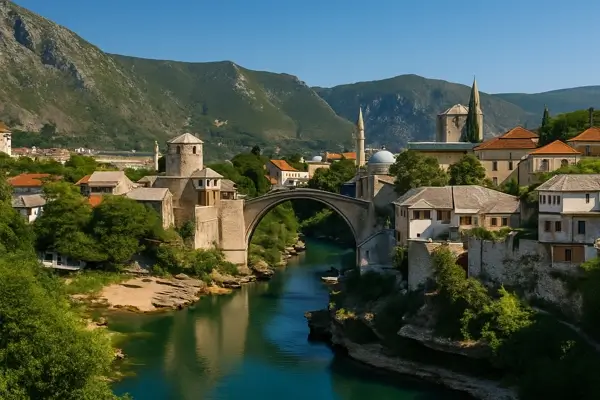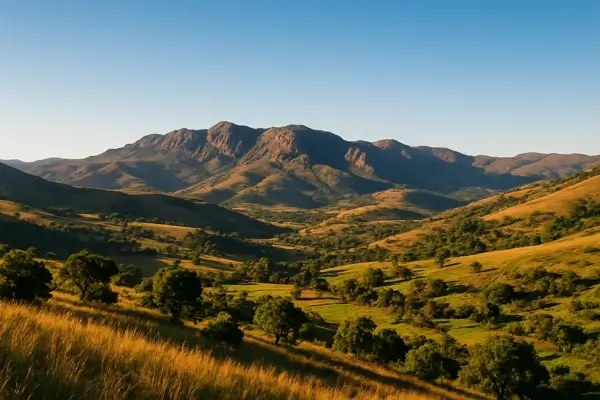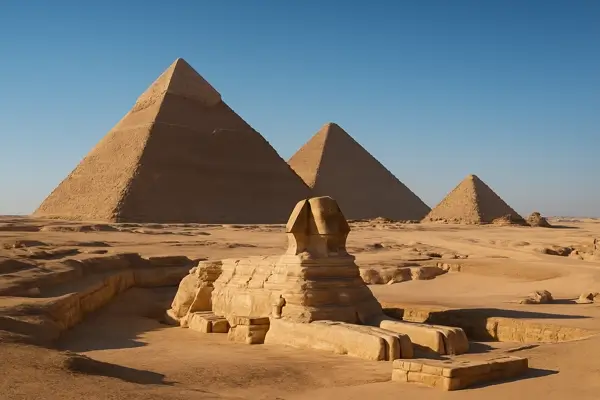
A Country of Two Regions
Bosnia and Herzegovina is made up of two distinct regions: Bosnia, which covers the northern and central parts of the country, and Herzegovina, which lies to the south. The country's name reflects both of these regions.
A Complex Political System
Bosnia and Herzegovina has a unique political structure designed to represent its three main ethnic groups: Bosniaks, Croats, and Serbs. The country has a tripartite presidency, with a president from each of these ethnic groups, which reflects its complex post-war political system established after the Bosnian War in the 1990s.
Rich History of Conflict and Peace
The country’s recent history has been marked by ethnic conflict, particularly during the Bosnian War from 1992 to 1995, which was part of the larger breakup of Yugoslavia. The war ended with the Dayton Agreement, which established the country’s political framework and brought relative peace.
Stunning Natural Beauty
Bosnia and Herzegovina is known for its mountainous landscapes, lush forests, and river valleys. The Una River and Neretva River are famous for their crystal-clear waters, and the country is home to beautiful natural reserves like Sutjeska National Park and Kravice Waterfalls.
A Historic Capital
The capital, Sarajevo, is often called the "Jerusalem of Europe" due to its unique blend of Eastern and Western cultures. It is historically significant for its diverse religious heritage, with Ottoman, Austro-Hungarian, and Yugoslav influences visible in its architecture, culture, and history.
A Place of Religious Diversity
Bosnia and Herzegovina is a place of religious diversity, with Islam being the dominant religion, especially among Bosniaks. There are also significant Orthodox Christian communities (mainly among Serbs) and Catholic Christians (mostly Croats).
The Birthplace of Gavrilo Princip
Gavrilo Princip, the assassin whose actions in 1914 led to the outbreak of World War I, was born in Bosnia and Herzegovina, specifically in the town of Obilichi, near Sarajevo. His assassination of Archduke Franz Ferdinand of Austria set off a series of events that escalated into the war.
Vibrant Cultural Heritage
Bosnia and Herzegovina boasts a rich cultural heritage with influences from Ottoman, Austro-Hungarian, and Slavic traditions. The country is famous for its traditional music, including sevdalinka, a genre of folk music that is deeply emotional and melancholic.
A Famous Bridge
The Stari Most (Old Bridge) in Mostar, built by the Ottomans in the 16th century, is one of Bosnia and Herzegovina’s most iconic landmarks. The bridge was destroyed during the war but was rebuilt in 2004. Today, it attracts visitors from around the world, many of whom watch the famous bridge divers leap into the river below.
Bosnian Cuisine
Bosnian cuisine is a mix of Ottoman, Mediterranean, and Central European influences. Popular dishes include cevapi (grilled minced meat), burek (a pastry filled with meat or cheese), and sogan-dolma (stuffed onions). Baklava and tufahija (a dessert made with apples) are also popular sweets.



